Streamer Tactics for Small Trout Water
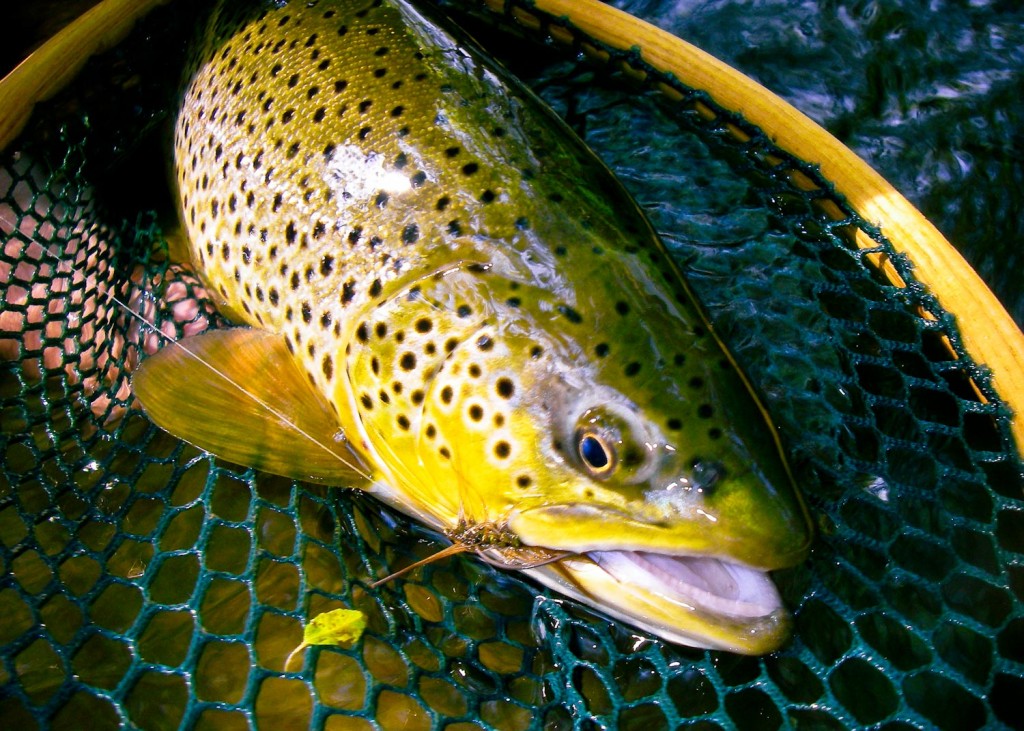
Streamer fishing isn’t for everyone.
I’ve known fly fisherman that would refuse to tie one on, even if you offered them a 20 dollar bill. But for those very few anglers that find fishing them repulsive, there’s plenty more of us out there that hold a deep love for streamers. It’s long been known by fly fisherman that streamers hold an uncanny ability to tempt the largest fish in our water. Streamers work on all types of trout water (rivers, streams and still-waters), but despite their wide range of effectiveness, most of the attention and information provided to fly fisherman in the past has been heavily skewed toward only promoting fishing them on our larger rivers and streams. To some degree, this favoritism has resulted in giving the impression to many beginner and intermediate fly fisherman that streamer fishing isn’t meant for small stream applications, and they should leave them at home. The truth is, that’s not the case at all. I’ve landed some of my largest trout on small streams with streamers when I couldn’t get them to eat a dry or wet fly.
It’s important for fly anglers to know they can have just as much success with streamers on small water as they can on larger water, and they shouldn’t overlook the opportunity to use them when conditions are right. Furthermore, if we lumped all of our trout water together in the region, the overwhelming majority of it would be considered small trout streams, creeks and high-elevation tributaries.
Small Stream Strategies for Streamers
The first thing you need to understand is that you need to fish streamers differently than you do on large trout water. Large water streamer fishing is all about making repetitive presentations and covering lots of high percentage trout water–you make considerably longer casts and stealth becomes less of a factor. On small trout water
Fly Rod Rentals?
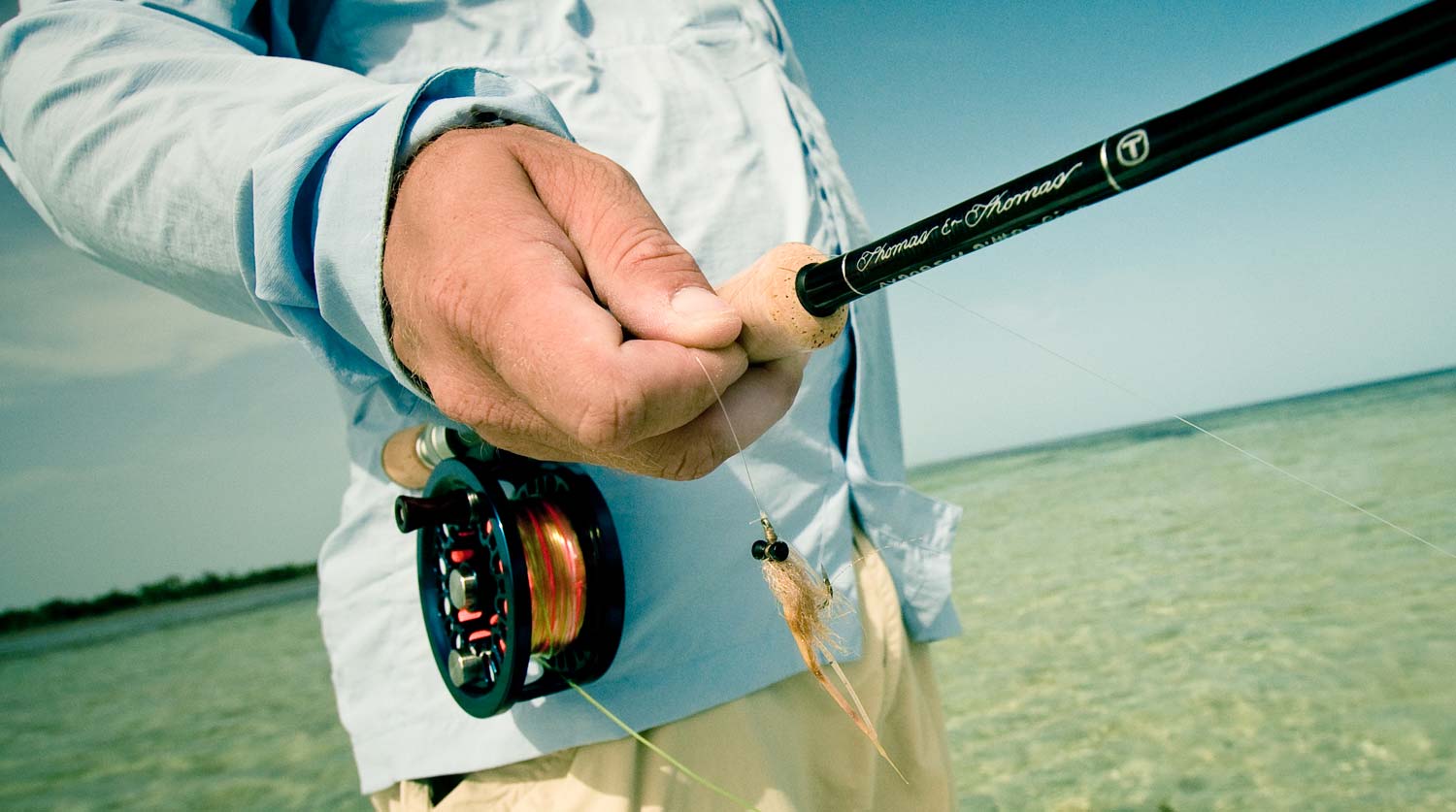
By Justin Pickett
Would you ever rent a fly rod?
Have you ever planned an awesome fishing trip, or maybe gotten an invite from a friend, but you didn’t have the rod, or rods, that you needed? Sure, if you booked a guide for a trip, then he/she will likely have you covered, but, for the folks who DIY, you will have to rely on your on equipment to get you there. Buying a rod, or an entire setup, can cost a near fortune. Even on the cheap, you’re looking at a few hundred bucks on top of what you’re spending on travel and licenses. Buy on the high end and you are quickly flirting with dropping a couple grand to get you on the water. Now, if it’s a setup that is going to get frequent use for many years, then it may very well be worth it. But what if it’s for a trip that you may never take again? Spending hundreds, or thousands, on a one-shot-wonder outfit probably isn’t in your budget. It would certainly leave me high and dry.
What if I told you that you could rent the rod you needed for your trip, and have it shipped to your doorstep in time to go for your trip? Would you be interested?
Rent This Rod is a new company that is hitting the scene with the goal of making fly rods accessible for those that may not have the money to purchase a fly rod, but would have the need to rent one for a short period of time.
Read More »The Stickman T-7: Return of the 7 Weight
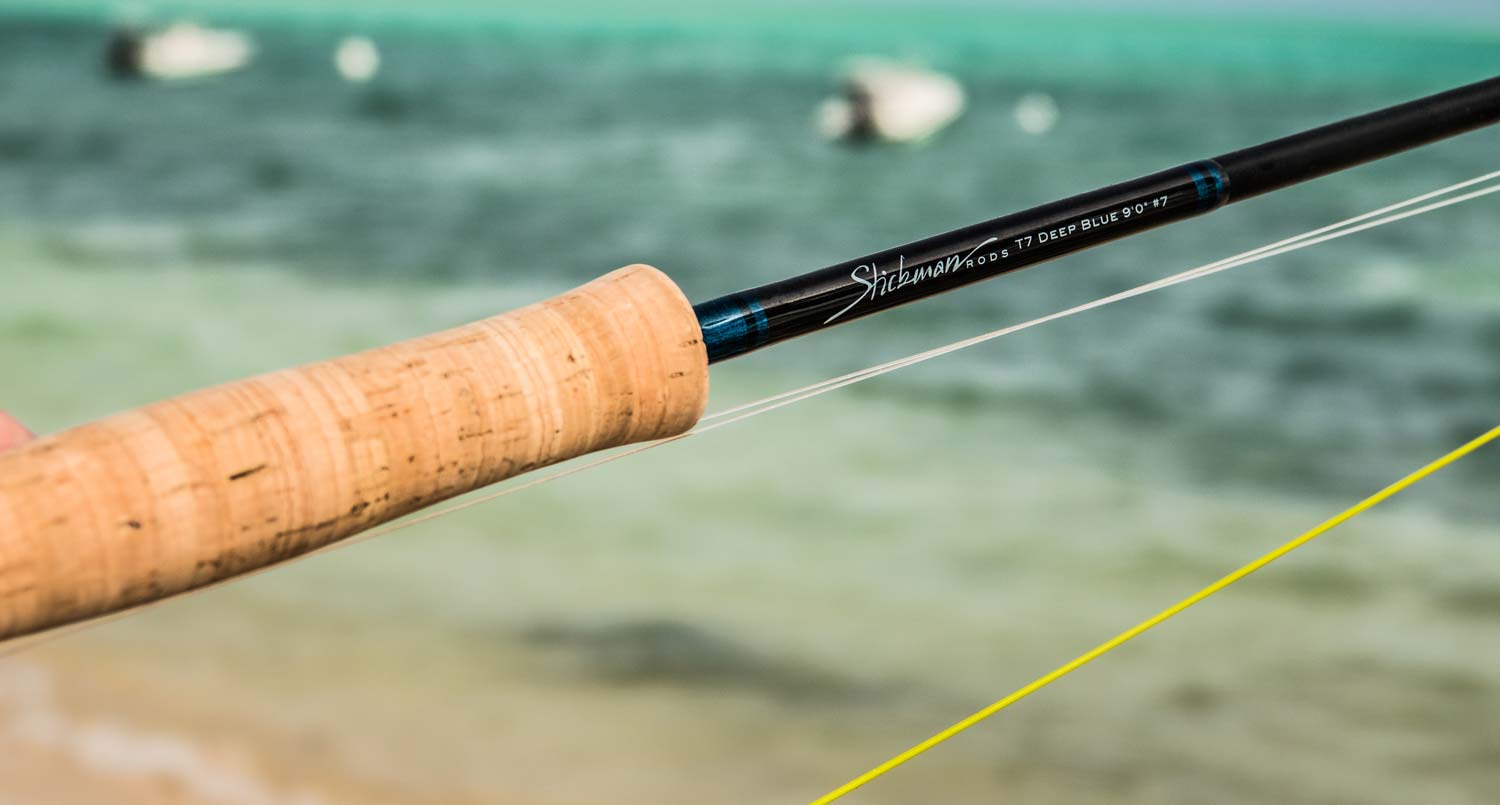
The 7 Weight is the middle child of fly fishing.
A 7 weight fly rod is the most versatile tool in the fly anglers box. The number of species and techniques that are perfect for the 7 weight is staggering, and yet this versatile rod is often overlooked by anglers and rod designers alike. I love fishing a 7 but it’s been a long time since I had one I thought was just right.
Most rod companies approach rod design in the same way. They produce rod “families” in a range of weights. The Orvis Helios 3, the Scott Meridian, The Winston B3X to name a few. Their goal being that the family of rods feel more or less the same in every weight. If you like the 5 weight, you’ll like the 8 and so on. So where does a rod design start?
It starts with an idea and is prototyped until that idea is achieved. To streamline the process, rod designers start with the two most popular rod weights, the 5 and 8. Once these two rods are where they want them, the rest of the lineup is fleshed out using those two tapers as a reference. Some weights get more attention than others but none as much as the 5 and 8 weights.
This is why rod reviews usually focus on the 5 and 8 weight rods. They are almost always the sweet spots in the lineup but what about those other rod weights perfectly suited for so many fishing situations? Often they are hit and miss. Some companies do a good job of producing special purpose rods, like the G Loomis IMX Pro rods or Echo BAG but those great all around fishing machines like the 9 foot 7 weight are too often underwhelming.
Then there’s Stickman. A boutique rod company from Hungary with a completely different approach. They don’t make rod families. They don’t even make fly rods in every weight.
Read More »Sunday Classic / Tie Twice the Flies in Half the Time
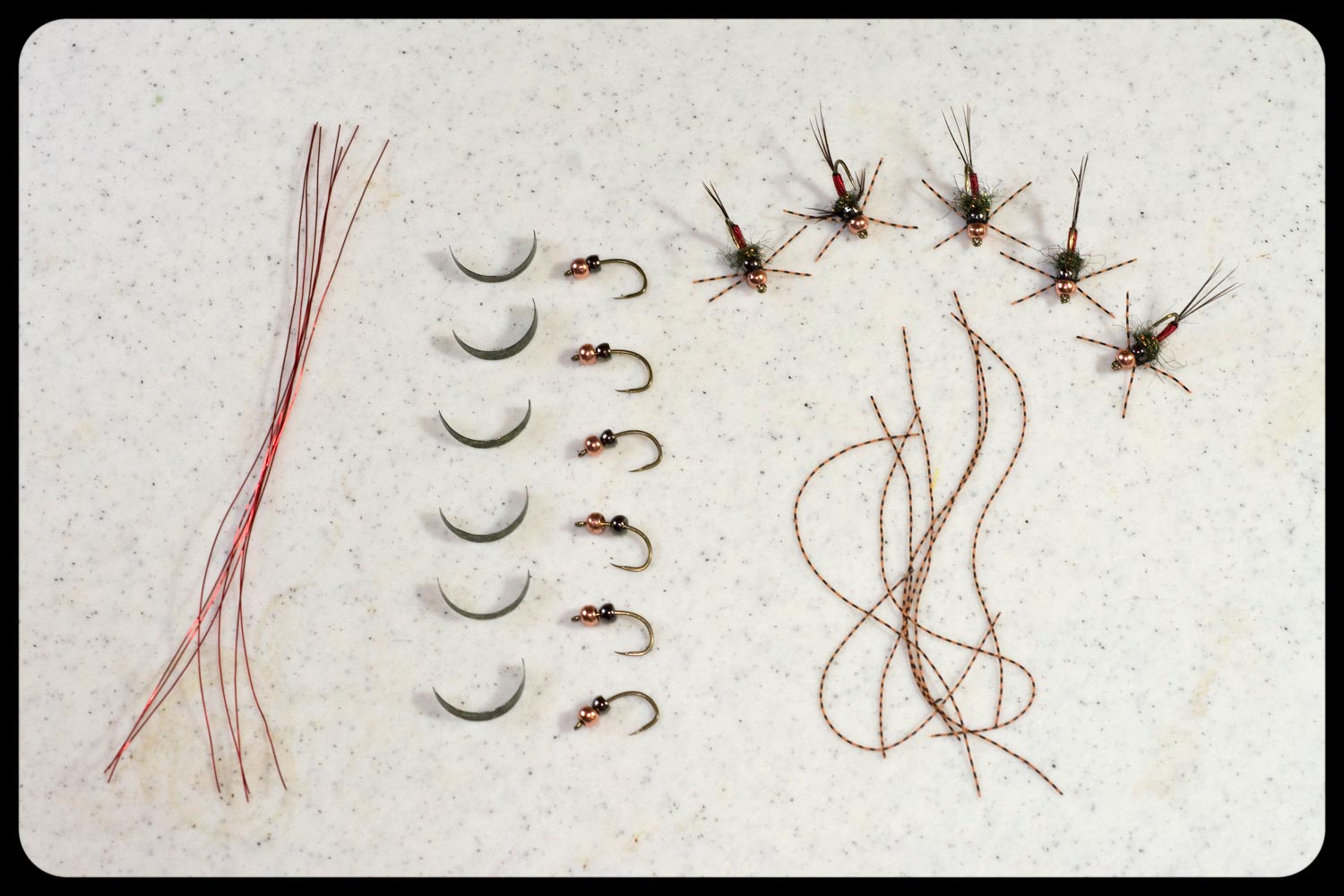
If you tie flies and you’re looking for a way to increase your fly output, I’ve got a great fly tying tip for you today. I personally don’t have the luxury of extra time on my hands these days with running two companies and managing my family time. When my fly boxes start getting bare, I have to restock them as fast as possible. For years, I’ve been an advanced fly tier but I’ve never been one of those guys who can rip out a dozen flies in thirty minutes. I take that back, I can bust out a dozen san juan worms in thirty minutes, but that goes for most of us. For more complex fly patterns, it can be very beneficial to us if we take the time to get organized prior to wrapping the thread on the hook.
Read More »Saturday Shoutout / Behind Hank
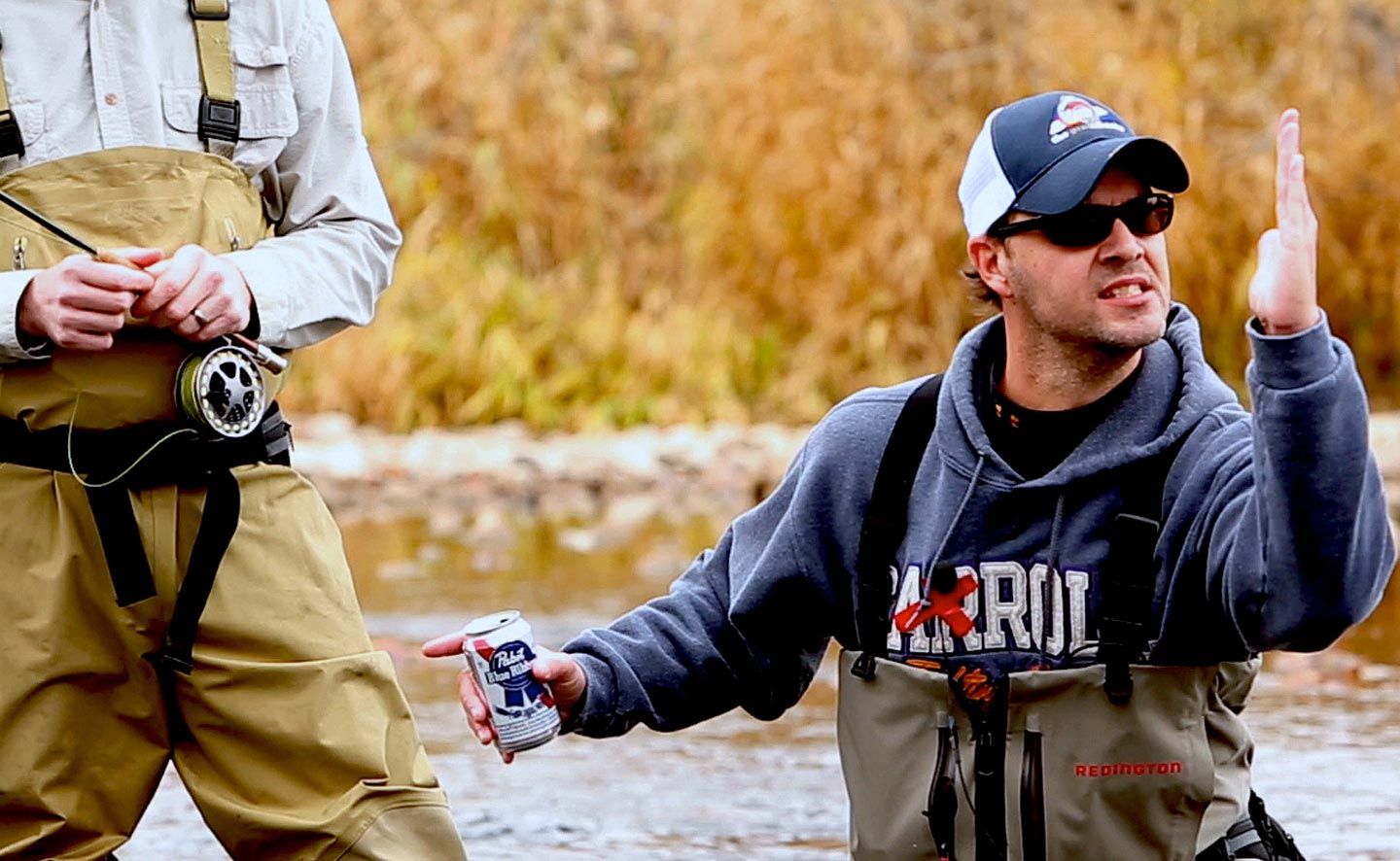
I never get tired of Hank Paterson, your fly fishing guide.
Everyone knows Hank, but far fewer folks know Travis Swartz, the real guy behind the world’s foremost fly fishing expert. That’s a shame, because he’s a brilliant guy and pretty damned interesting. Elliott Adler, of the Drakecast, does a great job of getting behind Hank, in his recent interview.
Hoppers & Droppers: The Story Behind Hank Patterson
Read More »6 Tips for Catching Suspended Trout
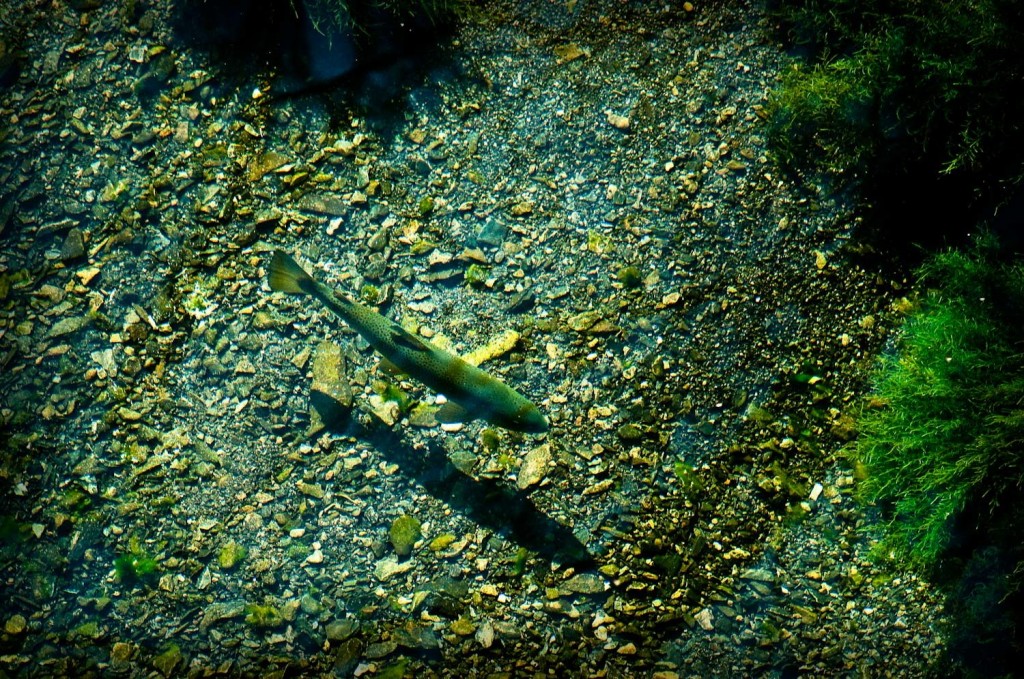
ONE OF THE TOUGHEST SITUATIONS I’VE ENCOUNTERED TROUT FISHING OVER THE YEARS, IS WHEN TROUT ARE SUSPENDED IN THE WATER COLUMN AND FEEDING IN A STATIONARY POSITION.
These trout are usually too deep to persuade them to rise to your dry fly on the surface, yet are also holding too far up from the bottom for you to easily dredge your tandem nymph rig in front of them. Most of the time, this is a frustrating sight-fishing scenario for the fly angler, where all you see is the trout occasionally open and close its mouth. You can see the trout you’re trying to catch, but no matter how hard you try, you can’t seem to get your flies to drift in the correct feeding zone of the holding trout and get them to eat. I see this situation a lot on deep clear pools or on long and slow flowing runs, but you can also find this same situation in pocket water where eddies and irregular bottom structure provides slower water holding stations/sanctuaries for trout as well.
Make no excuse, these trout are catchable. It just requires a more technical approach and increased awareness of where your flies are drifting for you to find success. For fly anglers to catch trout in this situation they need to correctly match their fly fishing rig with the water they’re fishing, and slow down and concentrate on making quality presentations not quantity.
Tip 1: Get as close as you can to the sighted trout without spooking it.
I’ve found the trout that are suspended and feeding stationary, usually are also lazy. They don’t want to have to swim out of their position to feed, and that means fly anglers will need to make accurate and precise presentations, since the strike zone is so small. By getting close to your target you’ll find it much easier to keep your flies consistently drifting at the correct depth and in-line with the trout. Often if you’re positioned too far away
Sunday Classic / Falling in Love Again, With My Winston
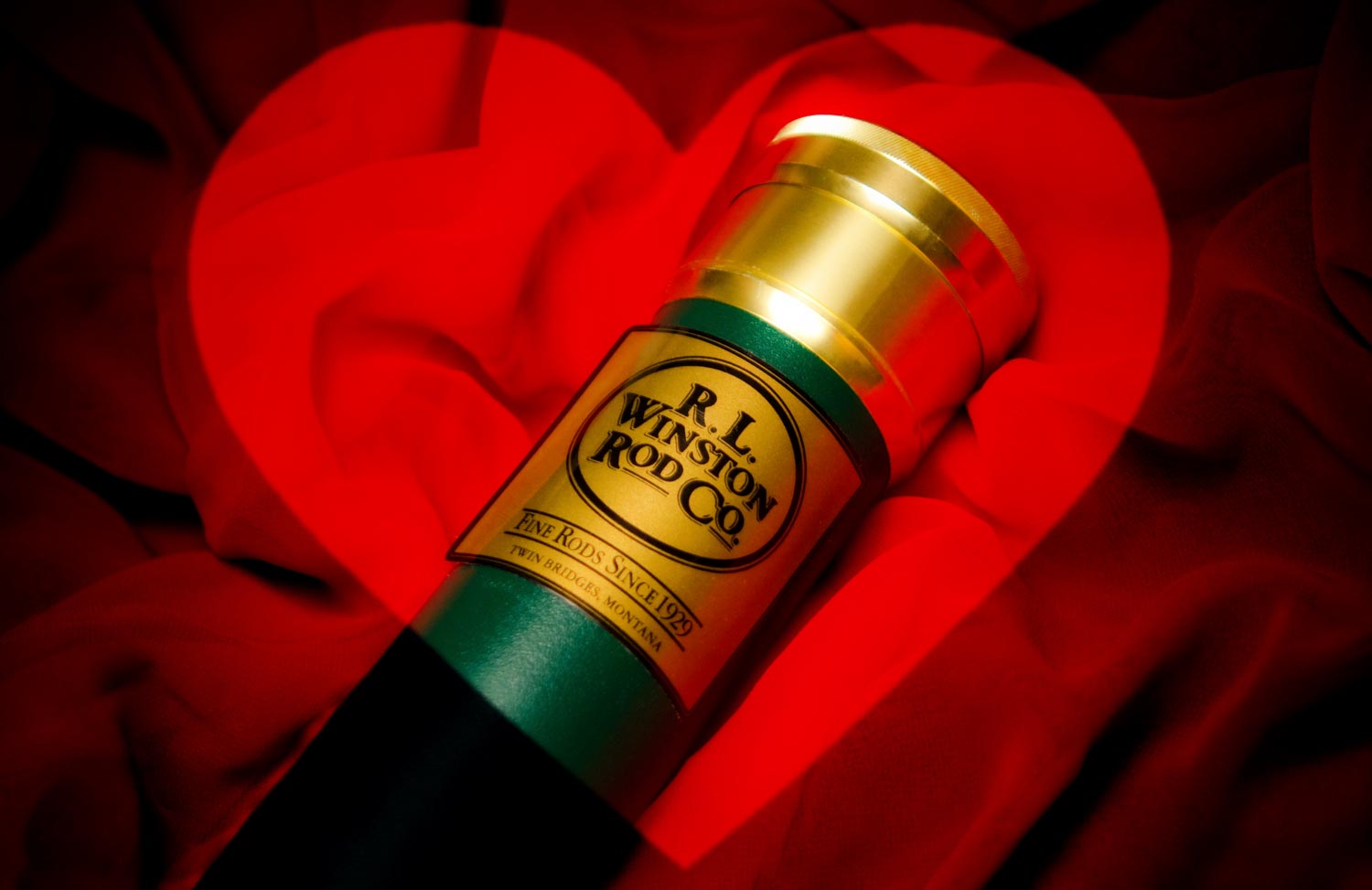
I DON’T KNOW HOW IT HAPPENED. I HAVE NO EXCUSE, BUT SOME HOW MY WINSTON B2X 6 WEIGHT SPENT THE LAST TWO YEARS IN THE TUBE.
I have a lot of fly rods and I’m always getting new ones to try out, but there is still no excuse for neglecting such a great rod. I got that rod specifically to fish the Green River in Wyoming during hopper season. A trip I used to make every year. I’ve passed on the Green River trip the last couple of years for various reasons and I guess I just forgot about the Winston in the process.
I made it back to the Green this year. Only for a day and not during hopper season but it jarred my memory and I took the old green stick along. Man am I glad I did. It was like falling in love all over again. Not just for me as it turned out. Kent and I fought over that rod the whole trip. Several days, it was the only rod that got fished.
We had a pile of rods. We each brought five and added to that several that we’re sent to us to evaluate for clients. Still, the Winston carried the day and I’ll tell you why. While the B2X has been languishing in the tube, the world of fly rod design has changed. In this case, I’m not sure we can call it progress.
In recent years, rod companies have been beating cheeks to make the
Read More »Saturday Shoutout / 50/50 Video
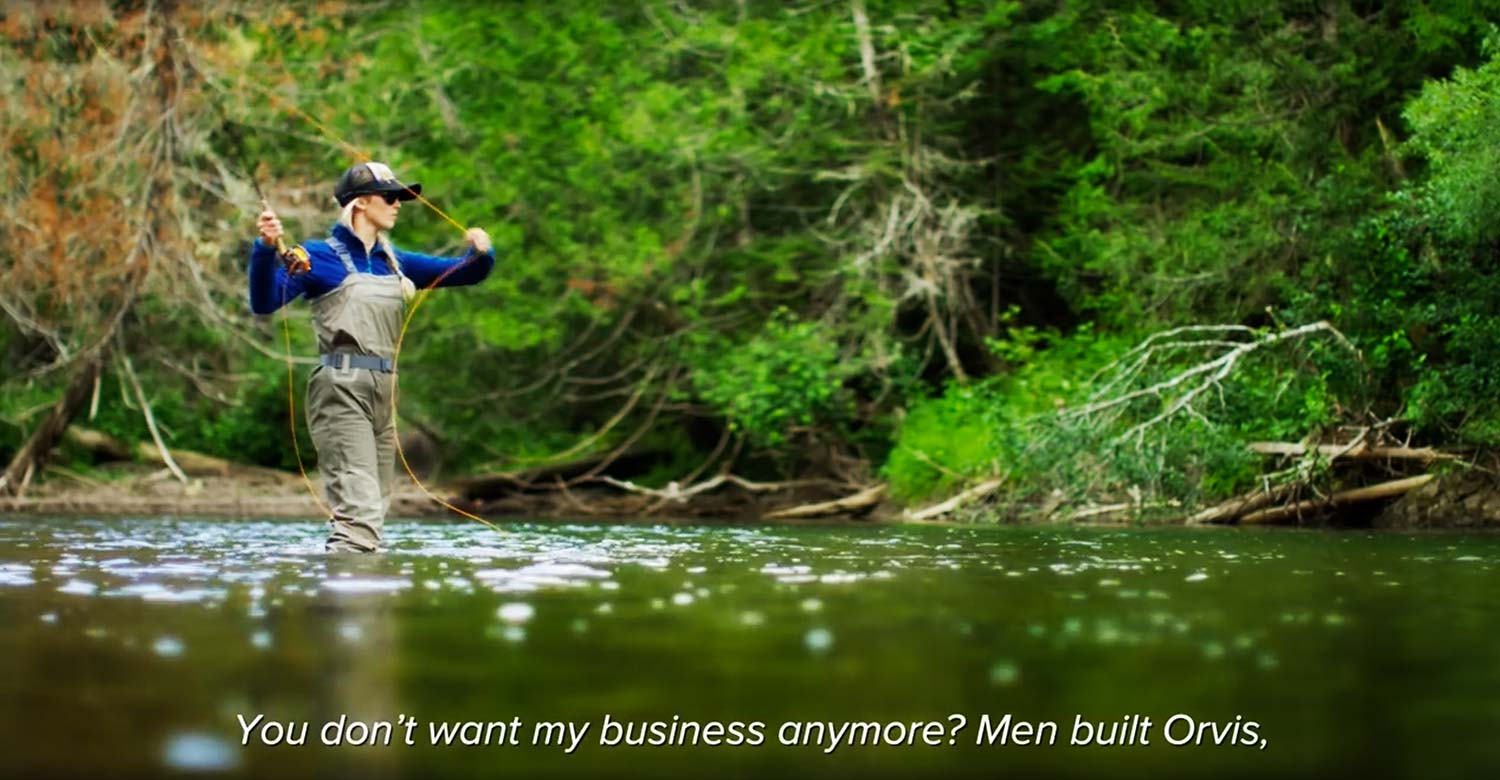
I absolutely love this video and I love Orvis for making it.
It’s not common, especially these days, to find a company that steps up and take risks just to do what’s right. Let alone one willing to make public the worst feedback they receive from their customers. That’s a company with principals.
WATCH THIS SHORT VIDEO AND YOU’LL SEE WHAT I MEAN.
Read More »Limay River Video
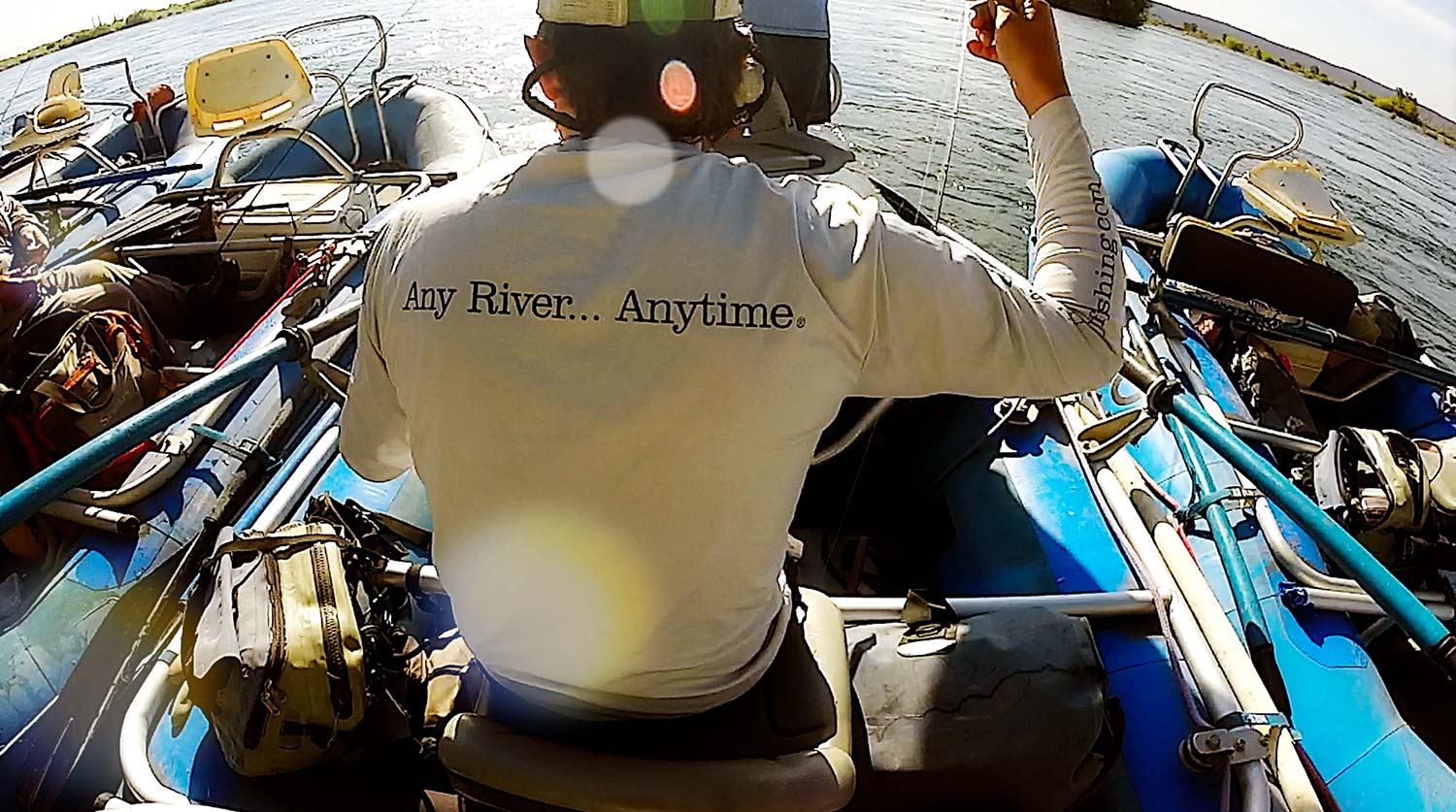
By Louis Cahill
I don’t know of a more magical river than the Limay in Argentine Patagonia.
It’s a big river, full of big trout, and almost no one there. It’s a rare day when we see a boat that’s not part of our group. Llamas graze the banks and the air is sweet and clear. Gravel shoals pour off into deep drop-offs where twenty pound browns lurk. Some days she’s mild as a lamb, sippers feeding lazily in their lanes. Others she’s surly, big dark forms slashing violently at streamers.
It’s hard to beat sipping whisky around a camp fire and sleeping under the southern stars. Telling stories of the fish who ate, and the ones who did not. There is a place in my heart only Argentina can fill.
HERE’S A SHORT VIDEO TO GIVE YOU A TASTE OF THE LIMAY.
Read More »Hazard Hooks Review
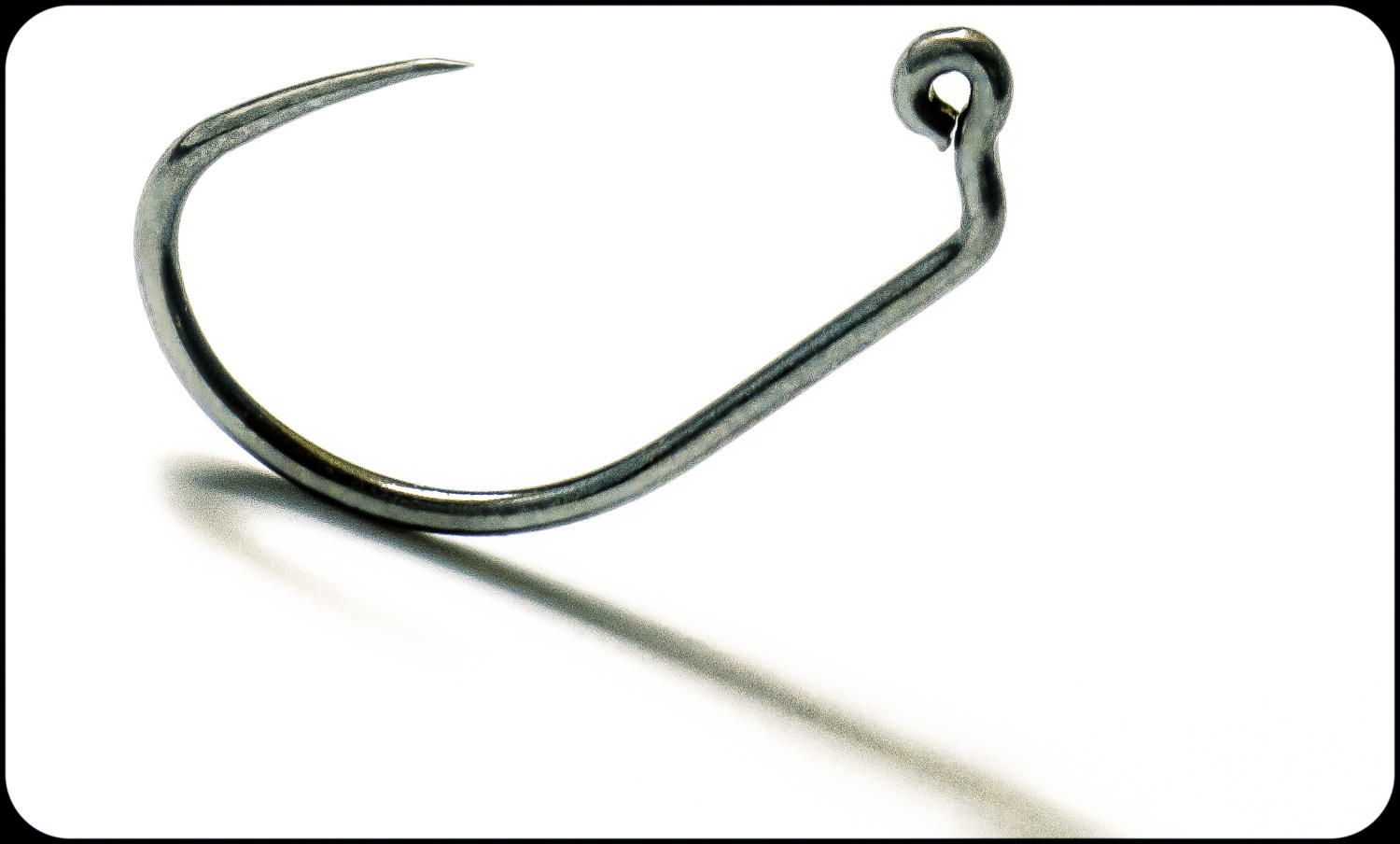
By Justin Pickett
A good hook is a necessity.
Whether I’m tying my own flies, or buying from a local shop, I always make sure that the fly is lashed to a quality hook. One of the worst feelings in fly fishing is losing a fish to find out that a straightened, or even broken, hook was the culprit. It’s one of those things you should never skimp on. I would much rather buy cheap beer, than buy sub-par hooks. Even the worst beer on the planet is more tolerable when it’s cold. The problem with hooks, though, is that they certainly aren’t getting any cheaper. Many of the popular brands are charging upwards of ten bucks for a twenty-five pack of hooks. Especially for specialty hooks, such as barbless hooks and jig hooks, which I tie a majority of my patterns on. At these higher prices, restocking my assortment of hooks can cost a pretty penny, so finding a quality hook at a lower price is always on my radar.
Lately I’ve been fishing hooks from Hazard Fly Fishing, which is owned by Jeff Harrison and based out of South Carolina. I heard of Hazard from a few buddies of mine that are still very active in competitive fishing and they all had nothing but good things to say about fishing with these hooks. Jeff offered up a handful of his hooks for me to try, and I have to say that I’ve legitimately been impressed. The first thing I noticed with each and every hook that I checked is
Read More »